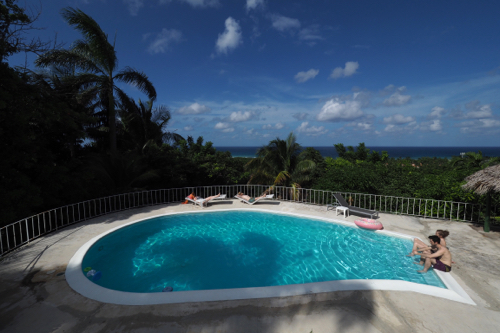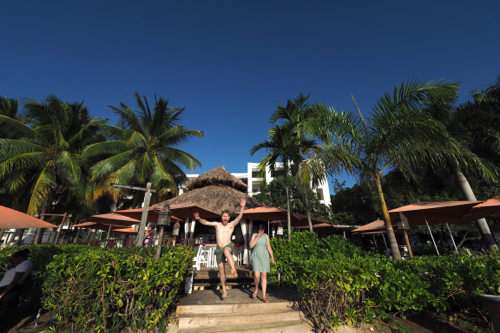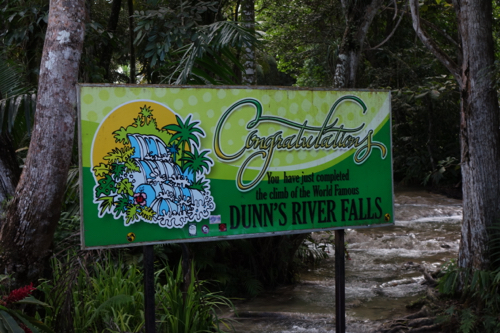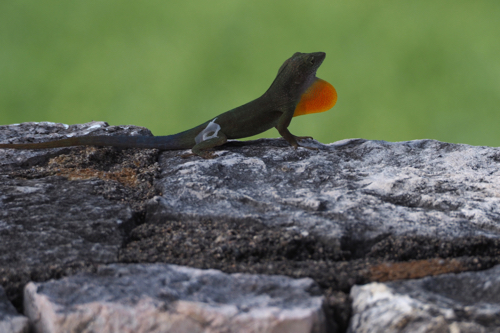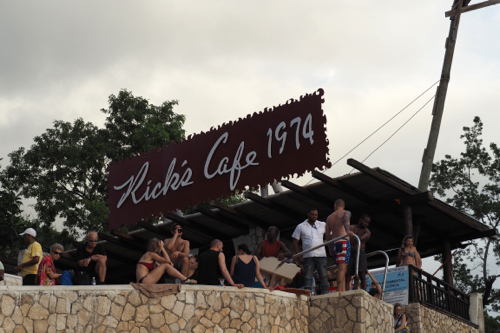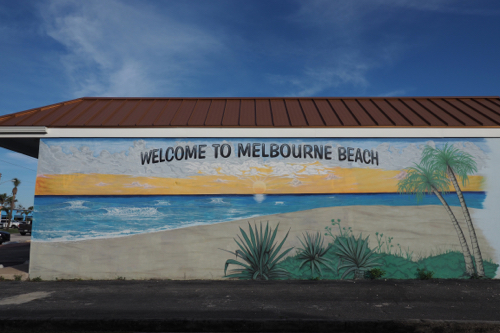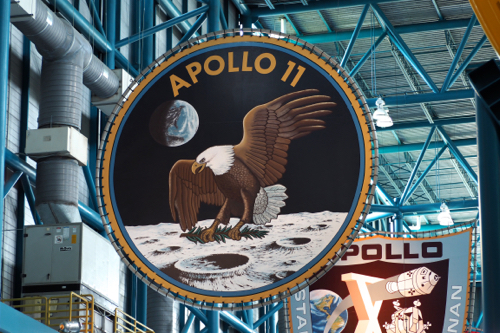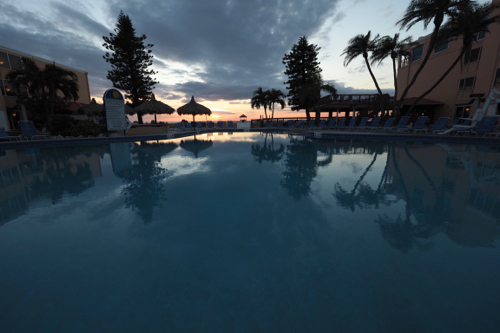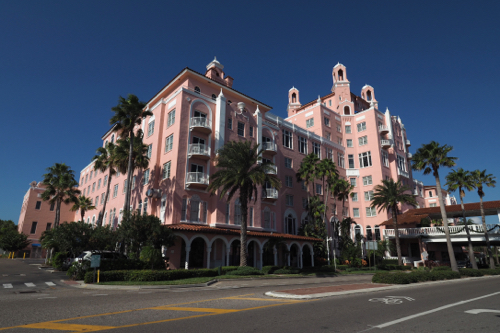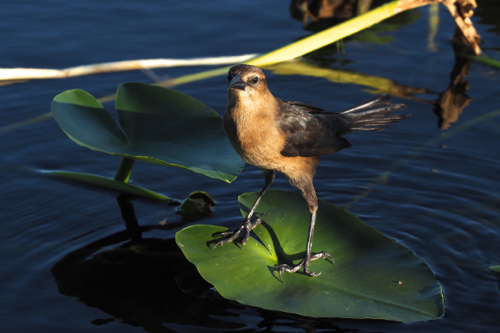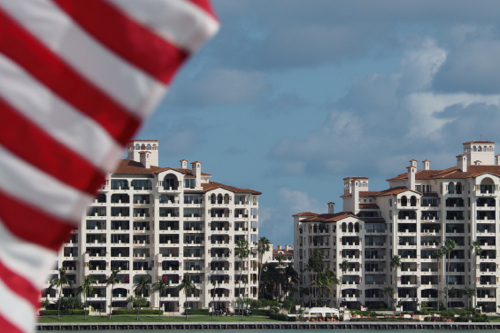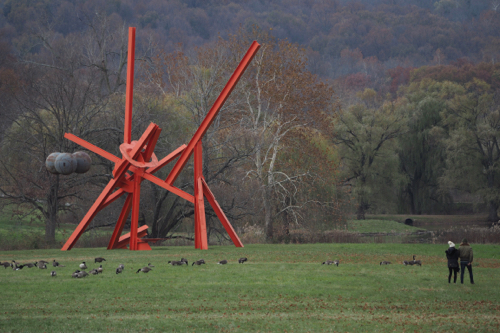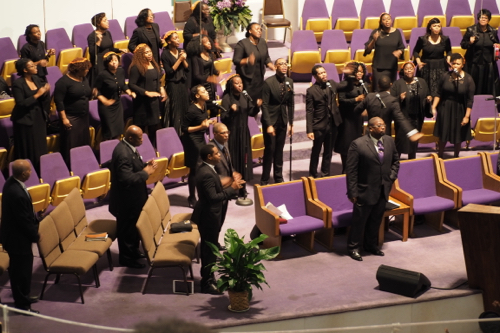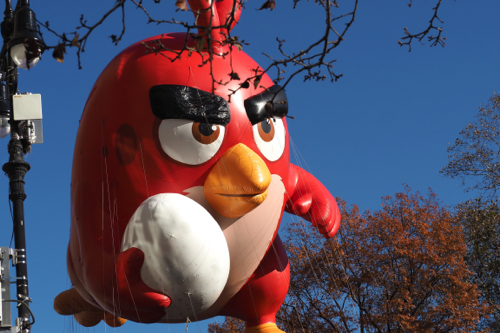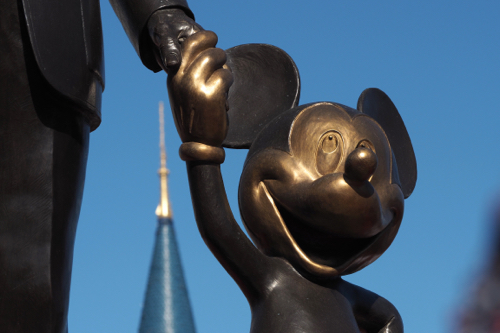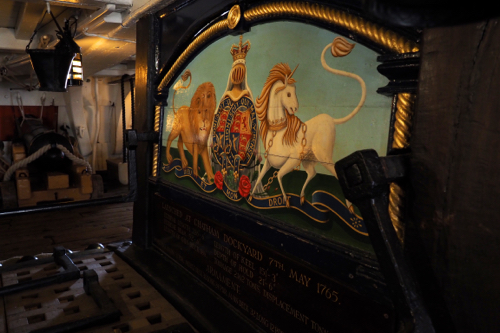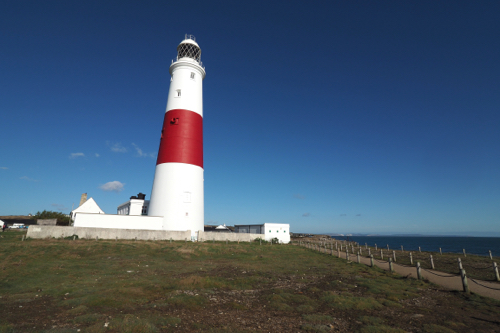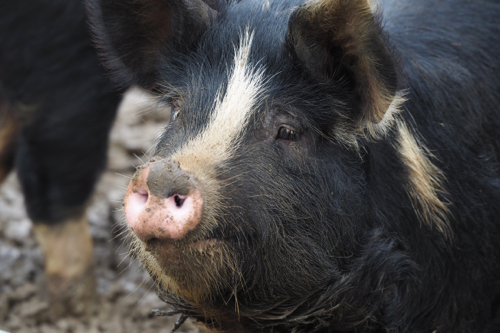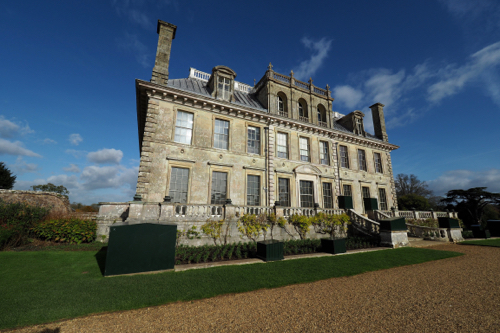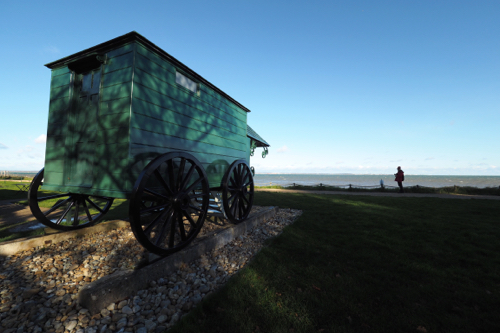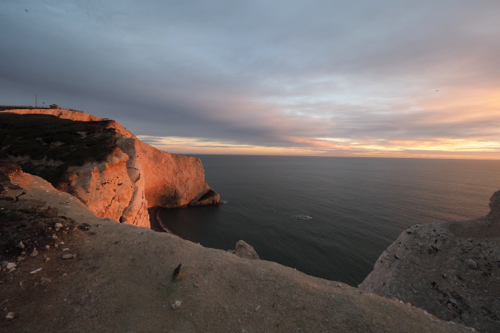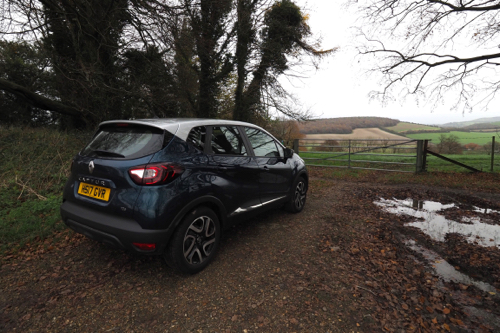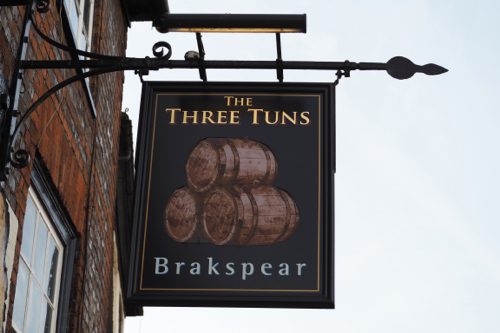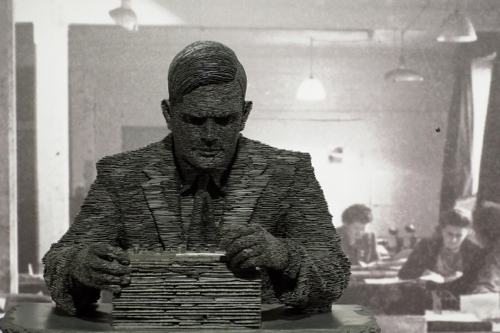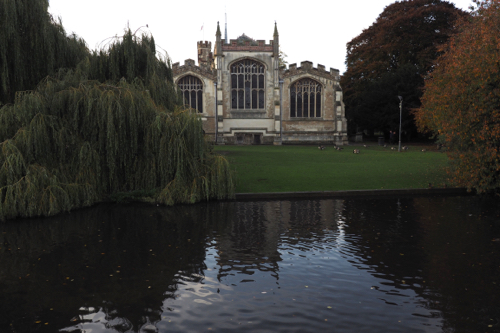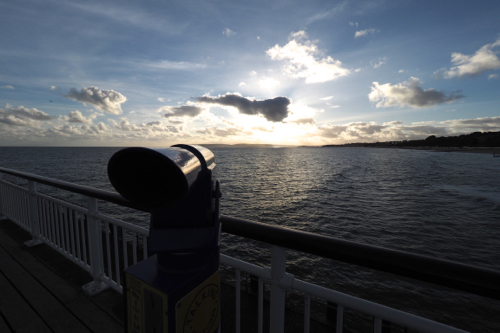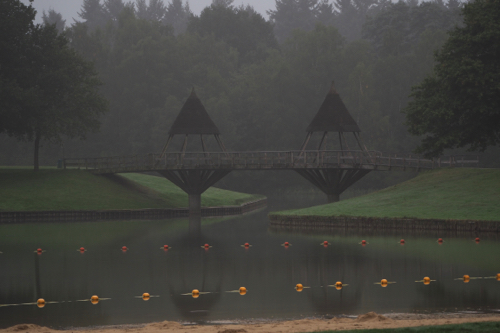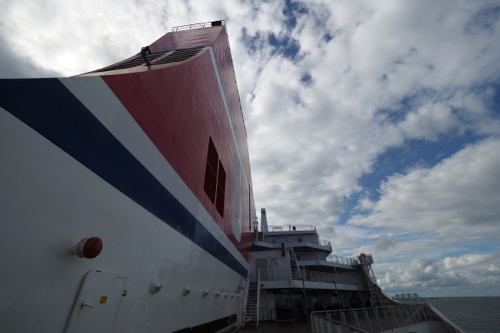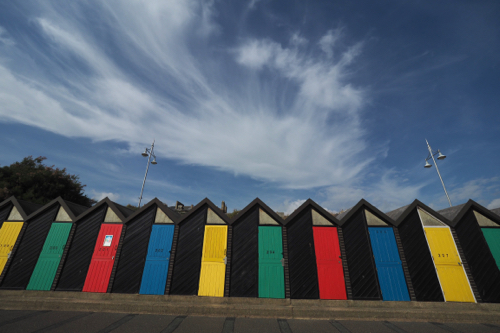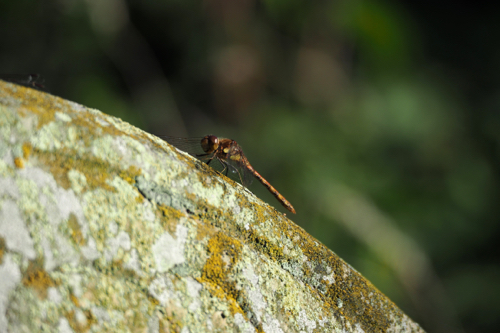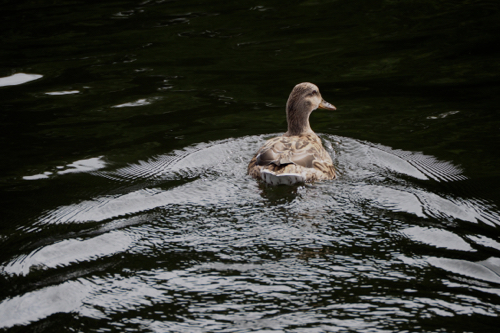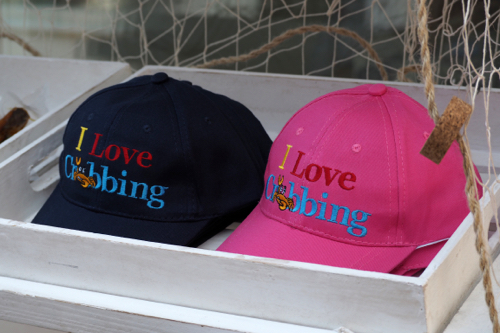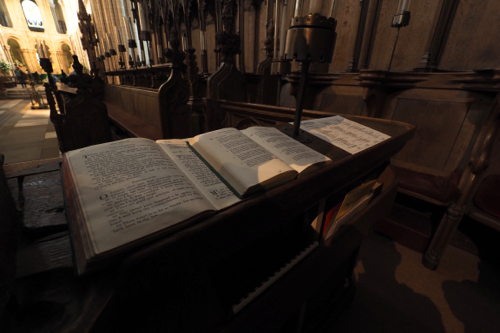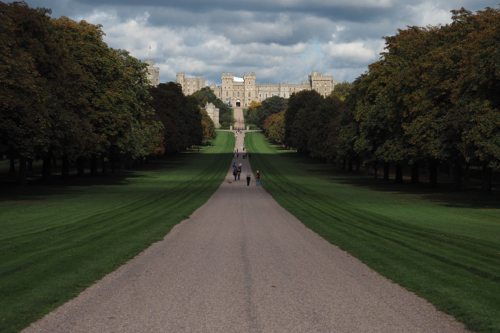December 2, 2017. Montego Bay, Jamaica.
After an easy flight to Montego Bay we met Ev and Steph at the airport. They had a flight that arrived just after ours.
We were then met by Melly, who was our driver.
And as it said in the house information sheet, ‘he can do anything except cook’.
As it turned out Melly was doing everything except driving while we were there. That task was taken over by Otis for most of our stay.
Once we reached Ladywood Villa at Russell Villas we were introduced to the rest of the staff.
Dinnis was the Housekeeper, Emsley the Yard Man and Cook and Latoya, the Assistant Customer Service Manager and Massage Therapist.
Hayden and Andrea were arriving late in the evening, so we went to the supermarket and got provisions for that night and breakfast.
We had a great Jamaican Chicken Curry and saved some for H&A.
The AirBnB provided the staff and we had to buy the food.
This was a great opportunity to eat Jamaican cuisine without leaving the house.
December 3, 2017. Montego Bay, Jamaica.
The house had four double bedrooms, three of them with ensuite bathrooms, a large indoor and outdoor living area, and included two tennis courts.
Ryan was the owner of Ladywood Villa and a former tennis professional and now a coach, so the courts were to be expected.
Everything in the house was painted in bright colours. The walls were purple, green and blue, with yellow trim in some areas.
There was also a good sized pool and cabana on a lower level.
Everything overlooked the Caribbean Sea.
On our first full day the weather was warm yet there was a cooling sea breeze.
After shopping for the next few days we spent the afternoon by the pool.
This was a day to just ‘chill out’ as they say in Jamaica ‘man’.
December 4, 2017. Montego Bay, Jamaica.
The Arawak and Taíno indigenous people, originated in South America and settled on the island between 4000 and 1000 BC.
Christopher Columbus claimed Jamaica for Spain, after landing there in 1494. Spain then ruled from 1509 to 1655. There aren’t many of the indigenous people left on the island, due to the spread of disease that was introduced by the Spanish.
Needing someone to do the work, the Spaniards then brought in African slaves as labourers.
After the British invasion of 1655 they ruled until 1962, when Jamaica gained its independence.
The name of Montego Bay, the capital of the Parish of St. James, was derived from the Spanish name Manteca Bahía (or Bay of Lard), alluding to the lard-making industry based on processing the numerous wild boars in the area.
The population is over 92% African, a result of both the Spanish and English slave trade.
The Spaniards freed some slaves when they were invaded by the British. Then the British fully emancipated all slaves in 1838.
Late in the morning we made a trip into Montego Bay and had lunch at the Sand Bar at Doctor’s Cave Bather’s Club.
This was very Jamaican with reggae music and ice cold Red Stripe Beer.
The old town felt a lot like African towns we had visited in Namibia and Tanzania.
Red Stripe is the beer of Jamaica – in fact it’s hard to find anything else.
Originally brewed there in 1928, by Desnoes and Geddes, it is now brewed in the UK and USA.
Red Stripe is a 4.7%, lager style and really very boring, compared to some of the beers I have discovered on our travels.
December 5, 2017. Montego Bay, Jamaica.
This was our adventure day and it was a long one. We started at 8am and got back to the house at 6:30pm.
The first stop was at Columbus Park at Discovery Bay. This is an open air, roadside, museum that was built in 1968 to commemorate the spot where Christopher Columbus landed in 1494.
Our next stop was at Dunn’s River Falls at Ocho Rios. The silliest, yet one of the funniest, tourist experiences I’ve ever had.
The idea is that your buy a pair of non-slip rock shoes then, starting from the base, climb the 55 metres to the top. The falls are a natural staircase with a number of routes upwards, some more difficult than others.
There were hundreds of people on the climb, many of them in groups. There was just the six of us so we could pick and choose our path of ascent, dodging the groups on the way up.
Historically the falls were the location where the British defeated the Spanish, at the Battle of Las Chorreras, in 1657.
The Jamaicans have a wonderful turn-of-phrase such as: ‘A bleak morning always becomes a fair day in Jamaica, man.’ and they describe rain as: ‘Liquid sunshine.’
The next attraction wasn’t on the agenda but Otis, our driver, thought that we might be interested.
It was somewhat off the road and hidden in the bush, not far from St Ann’s Bay. It was a natural phenomena of fire burning on water in a natural spring. It’s called ’Fire Water’ or ‘Fire on the Water’ and the burning water is actually naturally occurring sulphur gas, which is highly regarded for its healing qualities.
Seville Heritage Park is a UNESCO World Heritage site and is one of the most significant cultural heritage location in Jamaica. The area has been occupied since prehistoric times and has remains of the indigenous Amerindian or Taino people.
It is also the place where modern Jamaica was established. In 1508, the Spanish government gifted the island of Jamaica to the Columbus. Columbus’s son was appointed governor of the island.
We visited Seville Great House, which was built by the British in 1745 as part of a sugar plantation. It is now a museum displaying artefacts from Jamaican history, including the Spanish Governor’s castle and a water wheel.
There was a side trip to Silver Sands at Duncan’s Bay. This was really an opportunity for Otis to catch up with his son. We were shown around a rather splendid holiday house that overlooked Duncan’s Bay.
I have often wondered what the owner would have thought about that.
On the way home we passed Falmouth Port. It’s here that the mega cruise ships stop on their Caribbean adventures
I am glad that we were on the island and not the ship.
There were four international quality golf courses within 10 minutes of where we were staying at Ironshore. In fact the Jamaican Open was on at the Half Moon course, which was right next door.
Each day we had to negotiate the traffic at the entrance, as we headed out of the estate.
Some days were busier than others.
There were even a few of the ‘lesser pros’ staying near us.
December 6, 2017. Montego Bay, Jamaica.
We spent the afternoon at the Rose Hall Beach Club. This was associated with Ladywood Villa and Ryan brought us down so we could get in.
The location and pool were fantastic, however the rest was a little tired.
A hotel group had bought into the beach area and were slowly squeezing out the Rose Hall members.
We were only allowed to use certain beach seats and weren’t allowed on the cabana at the end of the breakwater.
Still we could either swim in the pool or the Caribbean, or both.
By the time we left the clouds had rolled in and it had cooled down to a pleasant 28°C.
In the evening we drove east along the coast to Glistening Waters inFalmouth’s Luminous Lagoon. This is regarded as Jamaica’s only night time attraction.
This marvel is only found in 4 places in the world, however, this lagoon is the brightest of them all due to more consistent climate.
Here, the fresh water from the Martha Brae River meets the salt-water ocean and this amazing creation is formed.
The water is filled with phosphorous which allows it to illuminate so brilliantly when disturbed.
The glow is formed from small microorganisms that emit a flash of light when touched. The microscopic organisms live and create a natural phenomenon, known as bioluminescence.
We took a small boat out into the lagoon and swam in the shallow waters, emerging ourselves in the sparkling aquatic lights.
December 7, 2017. Montego Bay, Jamaica.
Today was going to be another big day, as we headed west to Negril. This was about a 90 minute drive each way.
At Stephanie’s insistence we found and then ‘invaded’ the Negril Royal Palm Estate.
The land is owned by the Jamaican Petroleum Corporation and was originally developed for the peat that’s in the wetland.
That enterprise failed and the management of the area was taken over by the Jamaican conservation trust and turned into a nature reserve.
They built a boardwalk and tourist area, but no one came.
The petrol company took back the land and shut the park.
It’s such a shame as it’s in a beautiful location.
Luckily, after barging our way in and despite the sign at the front gate warning us not to enter, we found a former guide.
He showed us as much as he dared, under the suspicious eye of the young security guard.
The Negril Royal Palm Estate is part of the 289-acre Royal Palm Reserve and stretches along the southern side of the Great Morass.
Next we went to Kuyaba Beach Club on Negril’s 7 Mile Beach.
The beach was crowded with ageing American tourist but we managed to get some back row sun lounges.
The view wasn’t as good as the front row, but at least we weren’t hassled by the passing parade of hawkers.
Late in the day we went further west to Rick’s Café, which was established in 1974 by Richard Hershman. Rick purchased the cliffside location form a local doctor who was the son of the first Governor general of independent Jamaica.
This, apparently, world famous bar is known for its high diving platforms and sunset viewing.
We watched people of all shapes and sized dive off the rocks into the very deep pool below.
Both Evan and Hayden took the leap.
The jumping was interesting but the sunset was a failure, as it just faded into darkness with absolutely no colour in the sky.
December 8, 2017. Montego Bay, Jamaica.
It was decided that today was going to be my official birthday. After all I was 70, in Australia, before I was in Jamaica.
We returned to the Rose Hall Beach Cub for a swim.
Evan and Hayden arranged for the three of us to take a Catamaran ride off the Rose Hall Beach.
This required a bit of bribery as the ‘cats’ were meant to be for hotel guests only.
The trip to the beach club was a guise to get me out of the house. When we returned there at 4pm the staff had balloons, birthday decorations and a huge Black Forest birthday cake.
It was certainly a surprise.
That evening we had dinner at the Houseboat Grill. This was situated on the other side of Montego Bay on Bogue Lagoon, which is part of the Montego Bay Marine Park.
There was a small ferry that took the guests the 15 metres from the shore to the boat. They rang a bell each time guests arrived or departed.
December 9, 2017. Montego Bay, Jamaica.
Even though this was officially my birthday, we were up at 5am to say goodbye to Hayden and Andrea. They were on an early flight back to Berlin, via Miami and Zurich.
The rest of the day was spent by the pool.
Late in the afternoon it poured down. The rain stayed with us until the next morning, with more torrential rain overnight.
The rainy weather had caught up with us again.
In the evening we had our last Jamaican meal at Scotchies. This was a traditional jerk restaurant that was a short drive down the road from our house.
It was a meat fest.
We had Pork Rum Ribs (Scotchies secret recipe), Jerk Pork, Jerk Chicken and Spicy Pork Sausage.
I did like the jerk.
There was very little in the way of fresh vegetables to chose from.
We had Festival (deep fried sweet dough), Roast White Yam and Breadfruit.
It all tasted like starch.
In Jamaica you can practically ‘jerk’ anything. Jerk chicken, pork, beef or fish were always high on the menus.
Jerky is meat that has been trimmed of fat and then dried and cut into strips. It often includes salt, to prevent bacteria, and can have spices added and can even be smoked.
The word ‘jerky’ comes from the Quechua people, a Pre-Columbian tribe from South American. It means ‘to burn meat.’
It had been a great trip to Jamaica – made even better by having the family with us for my 70th.
While the weather fluctuated, there was one constant – the nightly melodic chorus of the tree frogs.
I am sure, given enough time, they could be taught to sing “Happy Birthday to you…”
